The Land Back bag isn't just a purse – it's a relationship
For Anishinaabe artist Amber Sandy, honourable harvesting and hide tanning are a tool for conservation – and for strengthening her connection to the land and her community.


“My neighbours were pretty used to seeing weird shit on my patio,” says Amber Sandy, laughing.
Moose hides, deer skins, a bear pelt – all of them found their way onto the nine-by-nine-foot balcony of the Anishinaabe artist, hide tanner and conservationist. And in the kitchen of her small downtown Toronto apartment, she transformed scaly salmon skin – still with bits of flesh on it – into smooth, supple and flexible fish leather. The key ingredients (as seen on her @ambsandy Instagram highlights): leftovers from a sushi shop, salt, dish soap, cooking oil and many, many bags of Red Rose tea, to provide the actual tannins for tanning. The chemical compound helps retain the collagen in the fish hide to keep it strong and long-lasting. Basically, it’s what makes leather, well, leathery.
Now, Sandy lives in Sudbury, Ont., on an 11-acre plot of land with her partner, where she is free to go as big as she wants with her projects. She keeps hides curled up like scrolls in a corner of her office. Nearby are finished projects, plus pieces given to her by friends and mentors. A pretty tan and brown purse sits on a bookshelf: Dainty and angular, with the words “LAND BACK” etched in soft cursive script on the front, it wouldn’t look out of place in the window of a hip vintage shop.
The bag, one of six winners of the Rewilding Arts Prize presented by Rewilding Magazine and the David Suzuki Foundation, marks Sandy’s first foray into purse designing. The night she decided to submit a piece for the prize, she dreamt about this leather and birch bag and started on it immediately, working until the day submissions were due.
“I needed to share this in this way,” she says. “It feels like the culmination of my life’s work.”
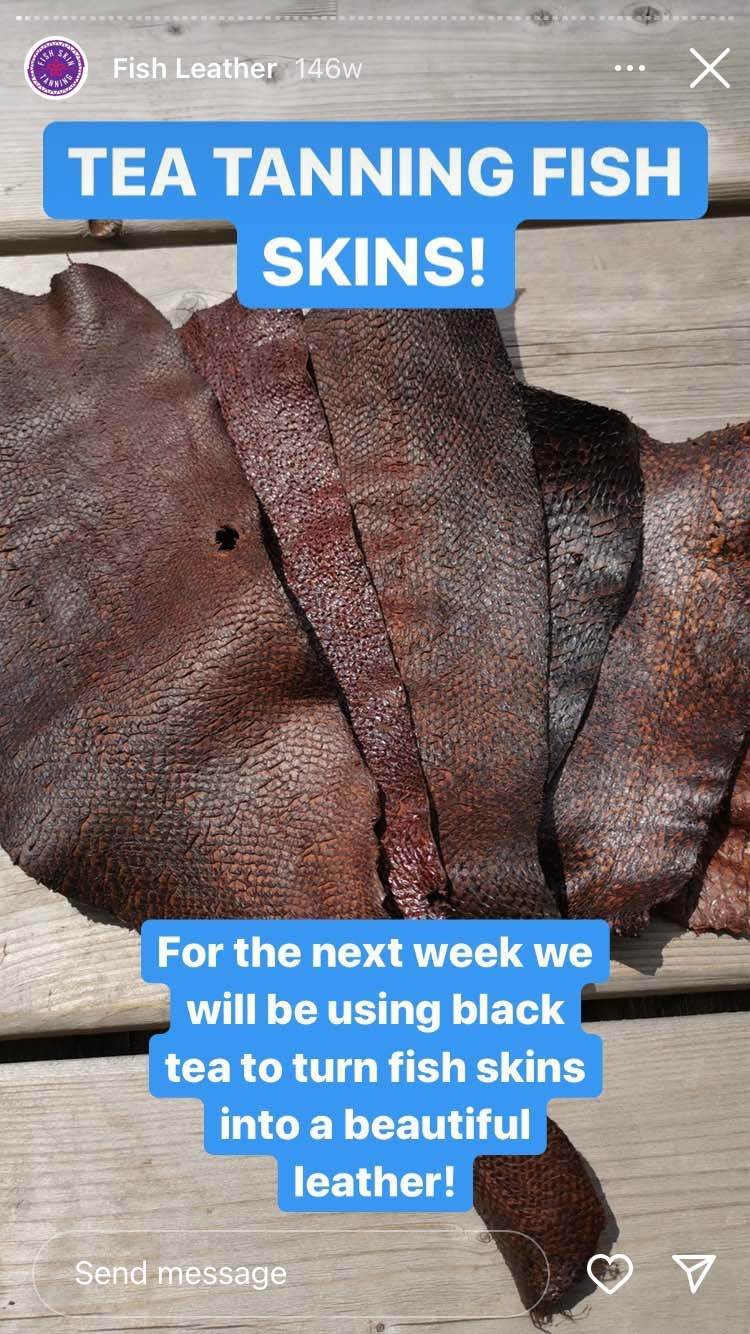

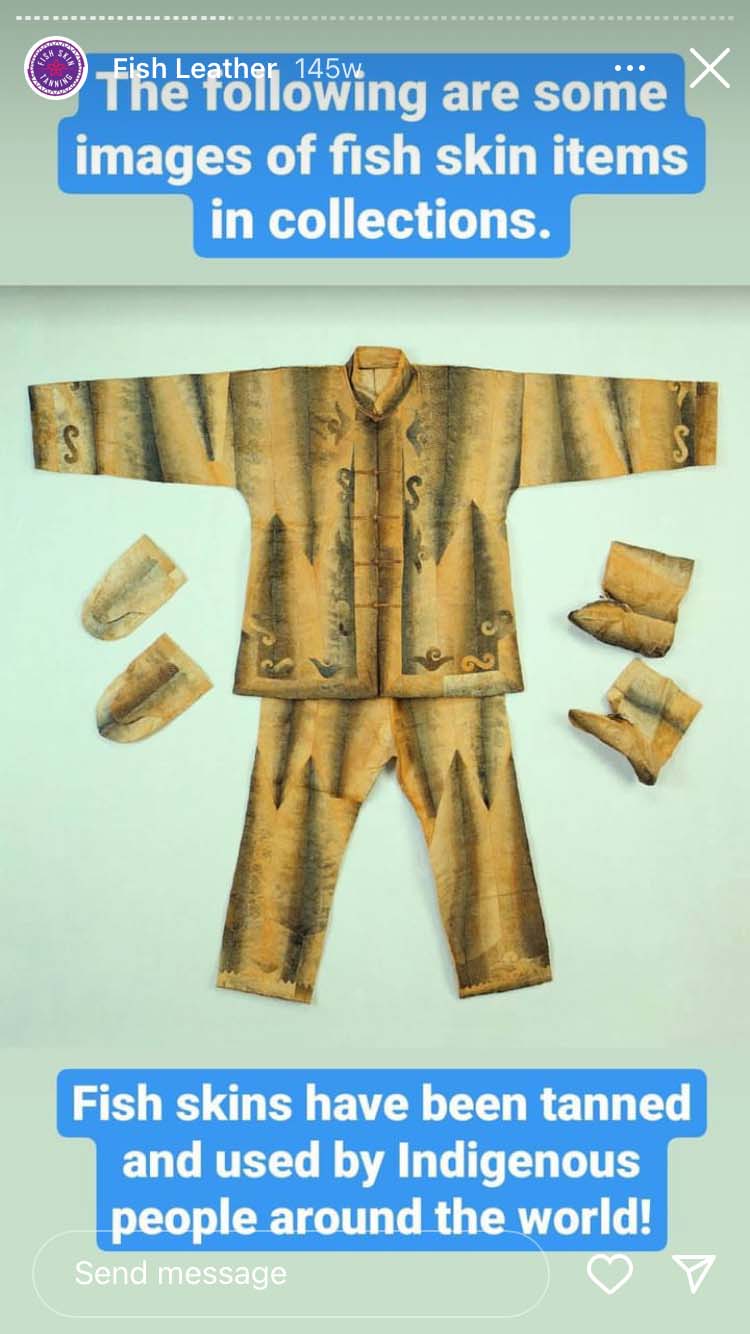
That work encompasses the four years she spent following community members on hunts and learning how to turn hide into a wearable material – plus her role as a conservationist for the Turtle Island Conservation program at the Toronto Zoo and her degree in pre-colonial Canadian history from Toronto Metropolitan University. It also includes all the people who have guided her art practice, such as fellow Anishinaabe hide tanner Kanina Terry, who gave her the moose hide for the purse's side panels, and her birch bark mentor Helen Pelletier, who taught her how to harvest the plant material.
Sandy was already fascinated with home-tanned hides when she met another mentor, Brenda Lee, at a beading symposium about four or five years ago. She soon started trekking out to Sturgeon Falls, Ont., where Lee lives, to help scrape and tan deer hides – and that’s when she fell in love with the craft. Since then, Sandy has picked up other traditional Indigenous stitching techniques, making deer-hide moccasins and card holders, fish-skin wallets, birch baskets and more.
“I’ve always gravitated towards making usable things,” she says. She recalls something that Pelletier says when people treat her objects too preciously: “This birch bark needs you to use it because without you touching it and feeling it and holding it, it will dry out, it will get brittle, it will break. It will fall apart. But if you put your love into it, you're living in relation to it.”
“I am part of the environment and the environment is a part of me, and I can’t separate the two.”
Sandy didn’t have any familial elders who could teach her about tanning. Previous generations had been sent to day school and residential schools, cultural practices swiftly disciplined out of them. “We were colonized really, really quickly, and not allowed to do these traditional things,” she says. “So it feels incredible to be able to learn from teachers about hide tanning and birch bark harvesting. I can’t help but think about their teachers, and their teachers’ teachers, and their teachers’ teachers.”
And now that knowledge from time immemorial lives on in Sandy’s work. She knows that the brains from a deer or moose contain enough fatty acids to condition and soften the entire animal’s hide. That in order to turn a piece of birch bark into a canvas, you have to harvest it in winter, when the bark will hold onto the darker cambium layer underneath to create an ideal surface for etching. And that to finish off a deer hide, you want to smoke it in punky, rotten pine, which not only gives it a rich golden hue but also infuses it with resin that will continue to protect it from the harshest elements.
“We deeply, inherently know a lot more about the plants and the species that we're living with because we've had many generations of living with them,” Sandy says.
A reverence toward the land informs not just her art practice, but also her approach to environmentalism: Sandy sees honourable harvesting and hide tanning as a part of her conservation efforts. “I am part of the environment and the environment is a part of me, and I can’t separate the two.”
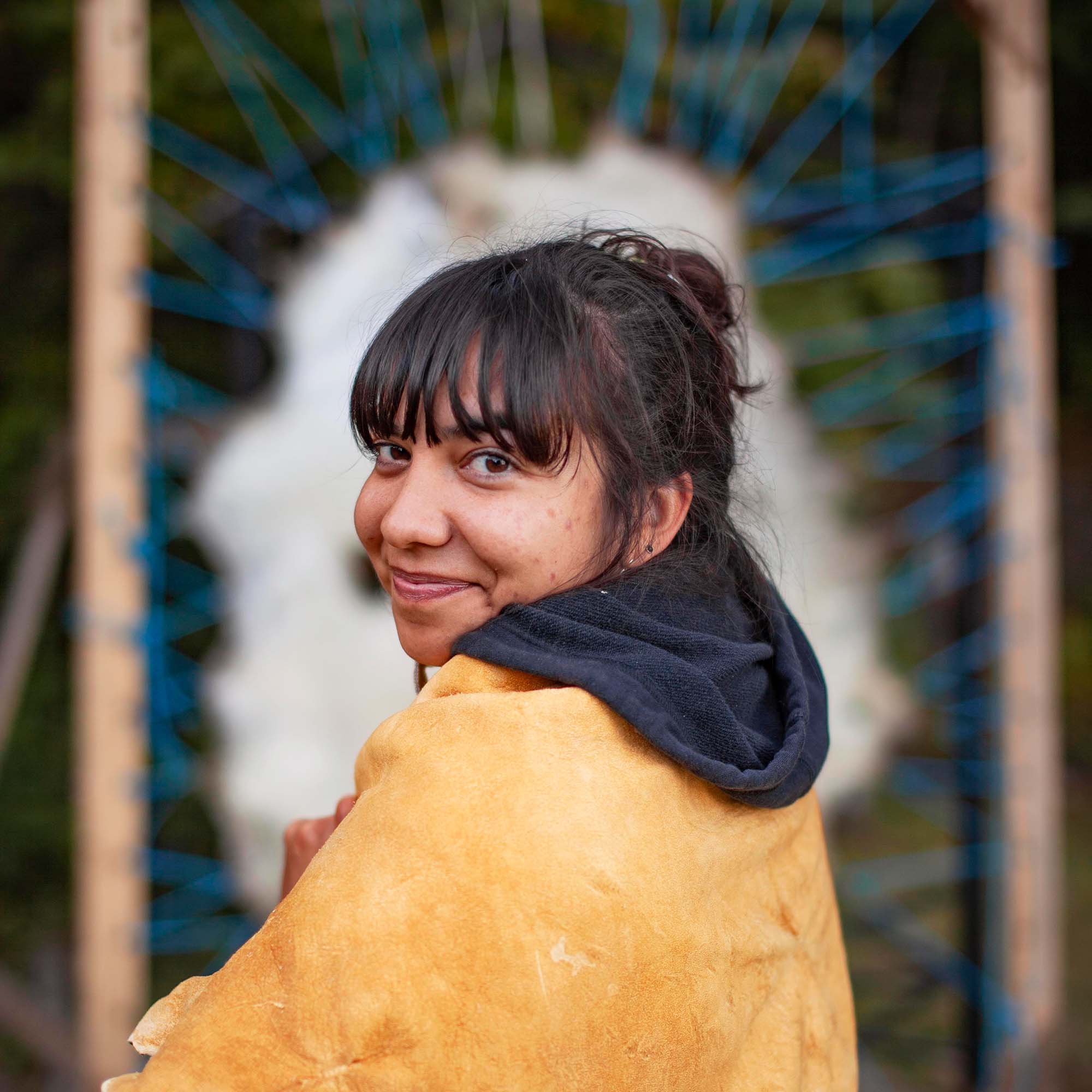
She can tell when a fish is sick or healthy or ridden with lamprey bites just by the quality of the hide from specimens brought back from a community fishing outing. She has to be diligent about freezing and burning thousands of ticks off the hair of her moose hides to prevent them from going back out in the bush and infecting other animals. (The parasitic arachnids are an ever-increasing problem in Canada’s North due to increasing days of unseasonably warm temperatures.)
“There are incredible ways that we can be monitoring the environment through working with these animals,” she says. “We’re hands-on like this, and actually feeling and seeing and actually being with those impacts, instead of just being off to the side.”
Since Sandy submitted the Land Back bag for the Rewilding Arts Prize, she’s designed a line of what she calls Birchkin mini bags, with a larger one on the way.
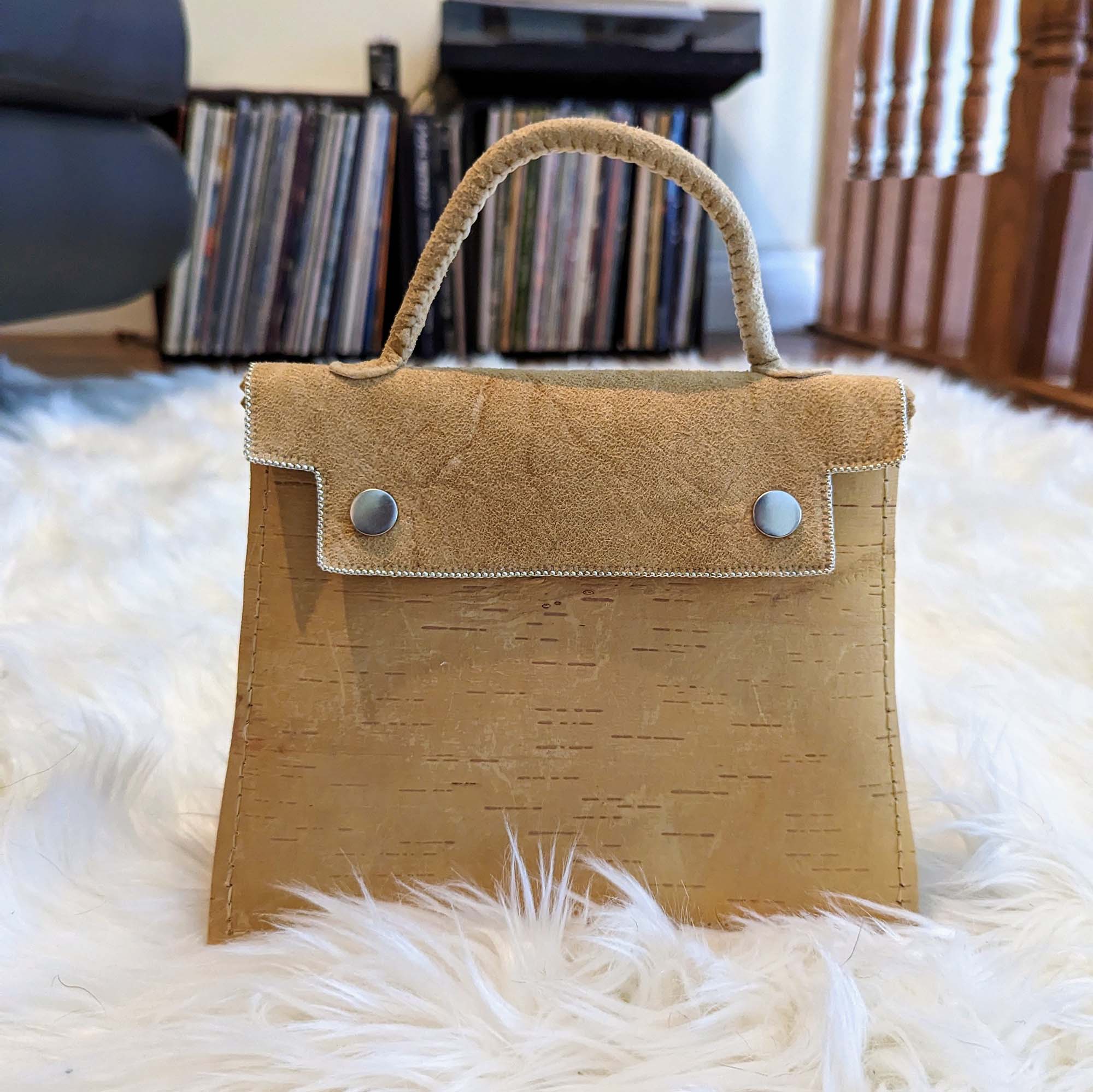
“I would love to see famous Indigenous people walking around with these bags, and to see them out and about in the world,” she says. “I don’t have much interest in making things that are not going to bring joy to people every day.”
Her life’s work is always changing. Right now it looks like a pretty little purse, encouraging others to love the materials offered by the Earth. But her acreage is growing and, with it, her community: She’s moving soon, into a homestead on Ontario's Bruce Peninsula, where she can live next door to her dad and near her aunts. She wants to raise chickens and goats, be in harmony with nature – and keep making her bags, and other things too.
“A lot of times we try to strive to do things on our own and this capitalist world has really made us feel like we need to do that. And we don't,” she says. “The lesson for me is that I need so many people in my life to help me achieve the things that I want to do and that fuel me and make me feel good.”
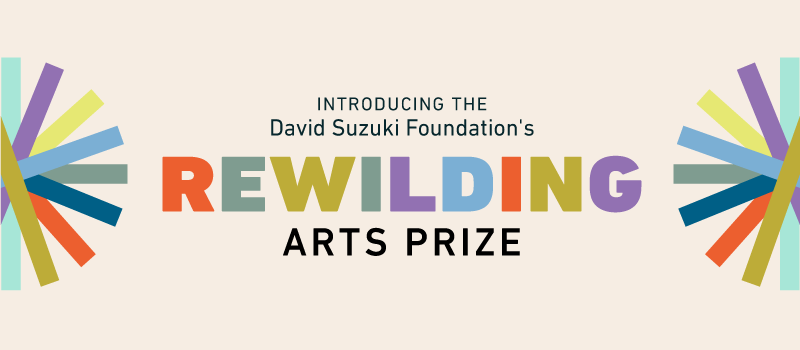
This article is part of a series on rewilding and the arts as part of the David Suzuki Foundation's inaugural Rewilding Arts Prize. Read more about the prize and the winners here:
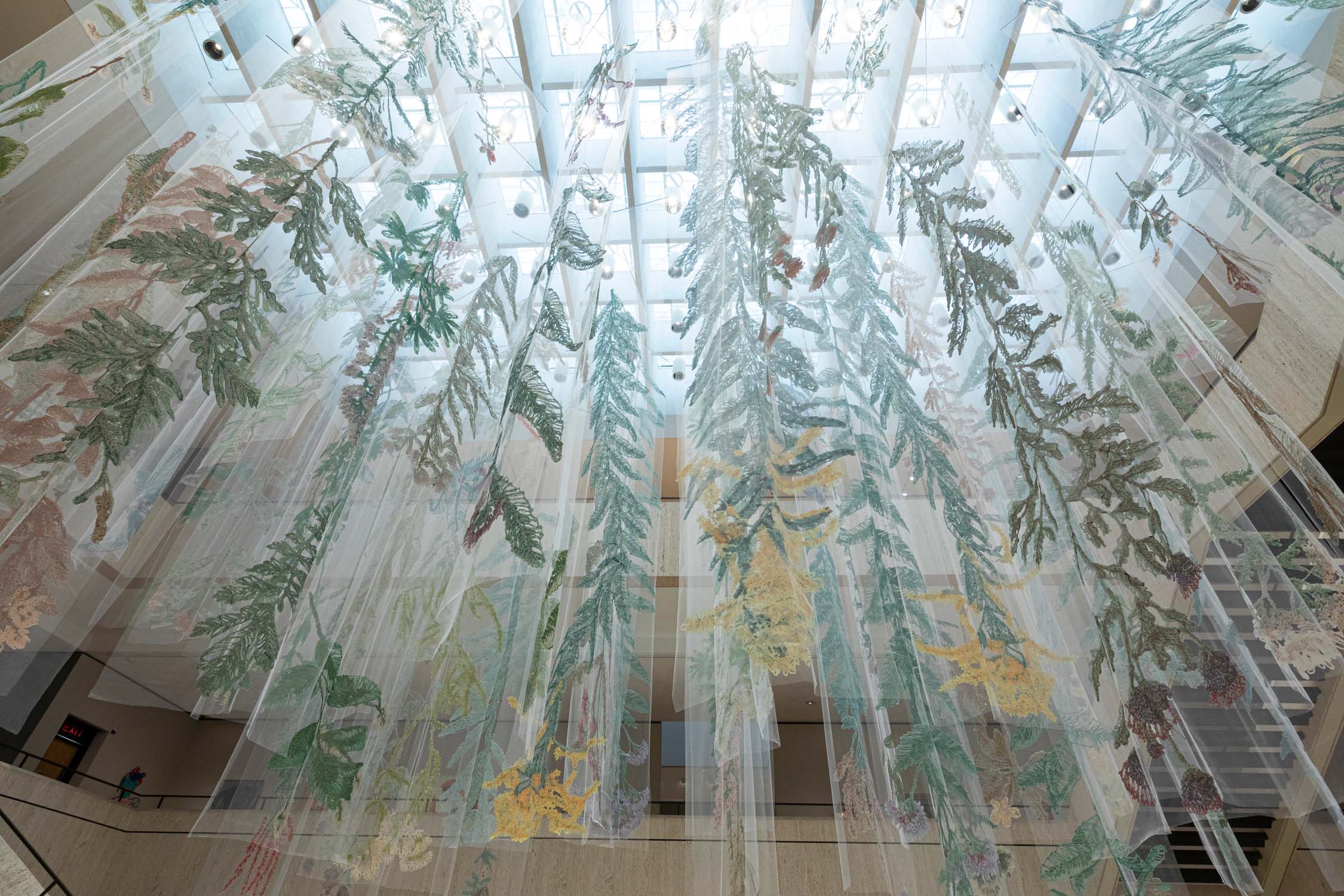



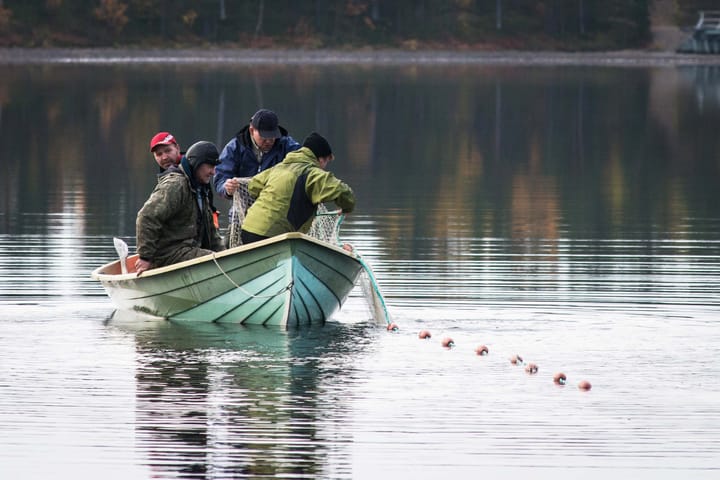


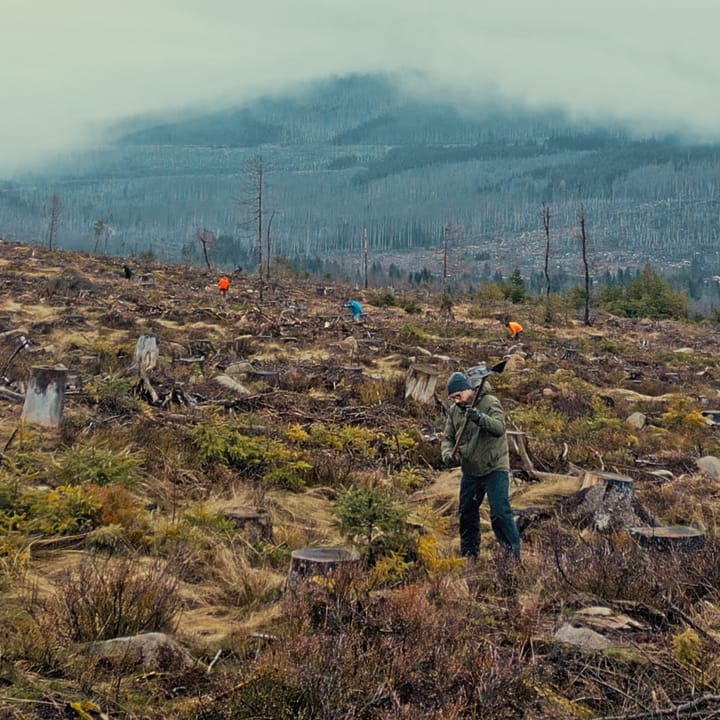
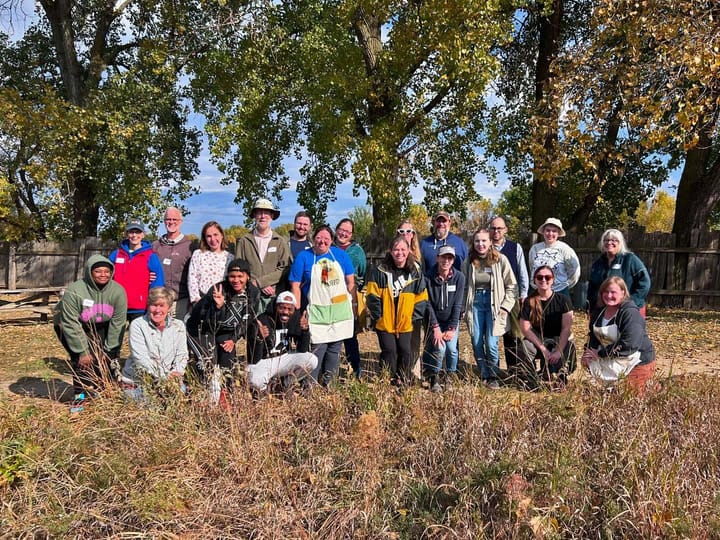
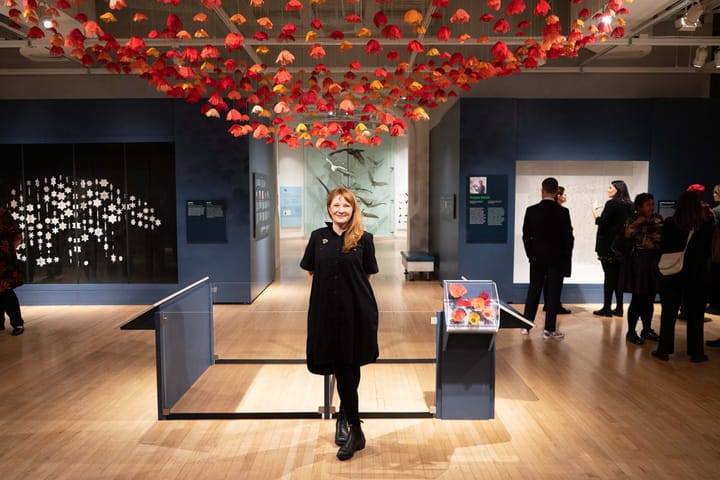
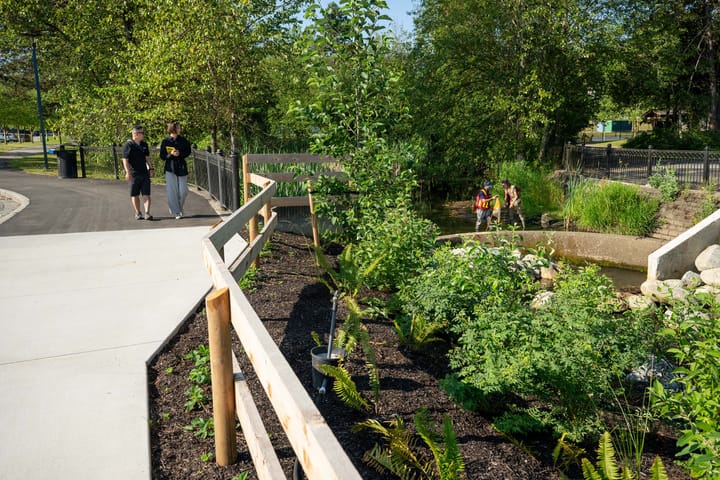
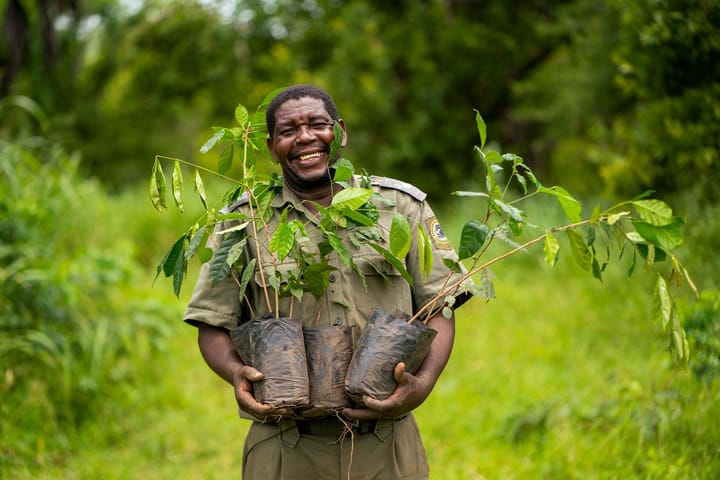
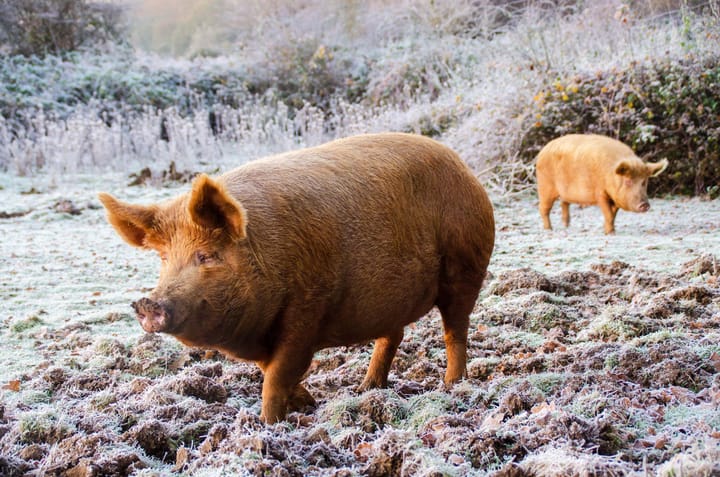
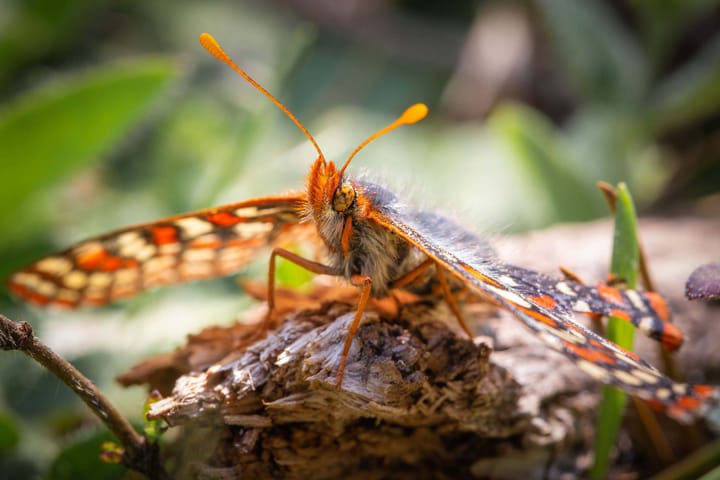
Comments ()